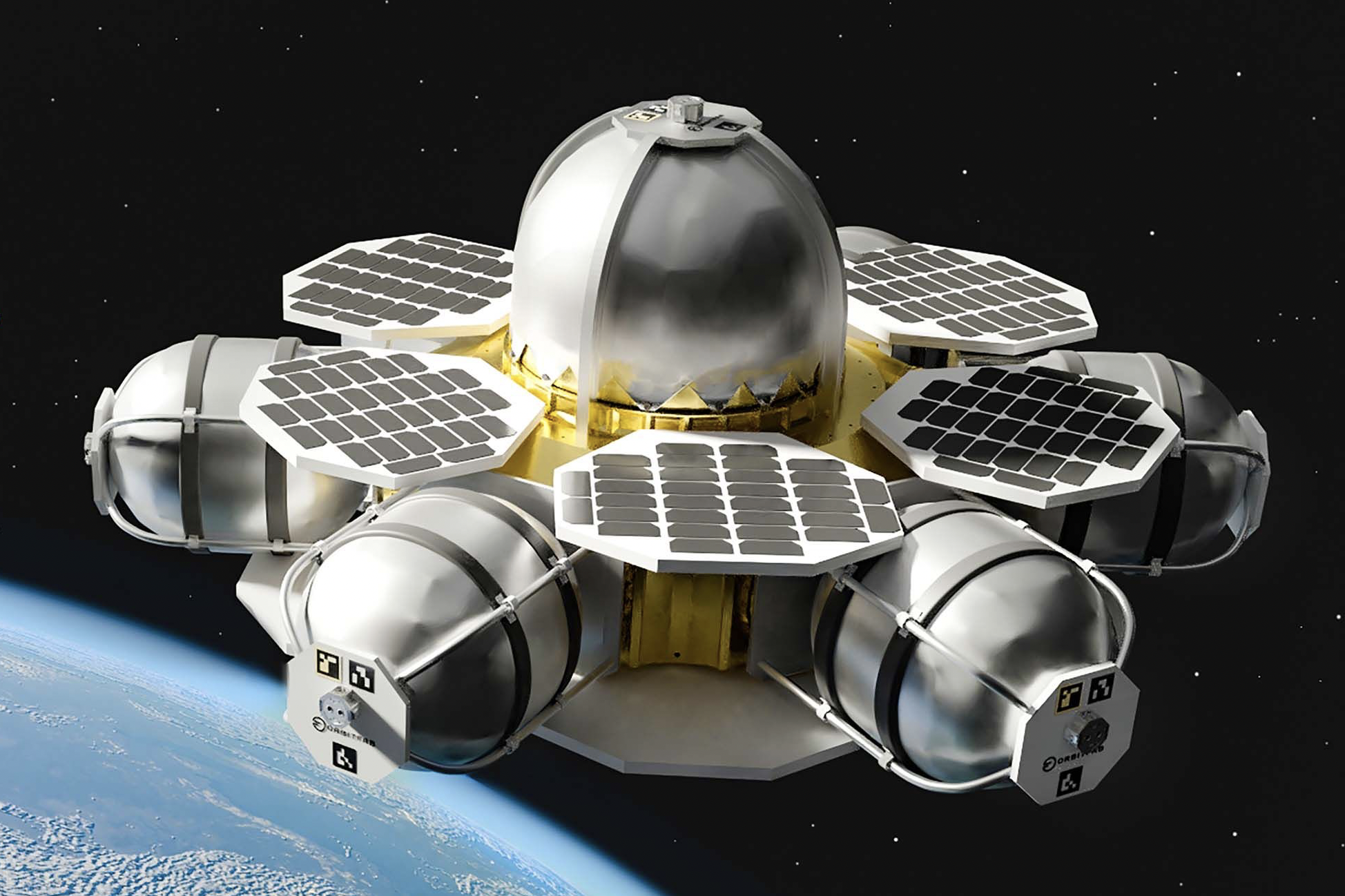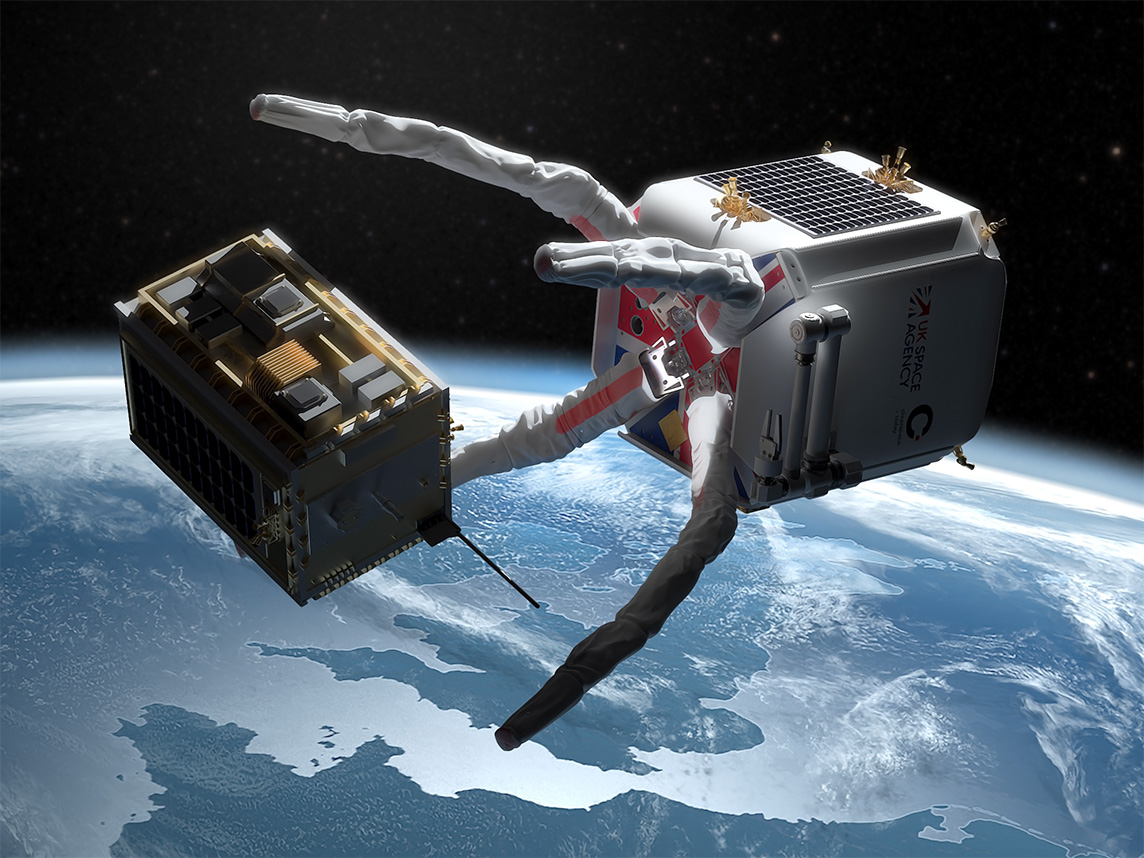An American company, Orbit Fab, is making strides toward turning the concept of a “gas station in space” into a reality. Their innovative system for in-orbit refueling encompasses fuel ports, refueling shuttles, orbital gas stations, or refueling tankers.
Orbit Fab directs its efforts towards upcoming satellite launches, intending to equip them with a standardized port known as RAFTI (Rapid Attachable Fluid Transfer Interface). This approach aims to simplify the refueling process and maintain cost-effectiveness significantly.
CEO Daniel Faber told CNN that the company’s mission is to establish a low-cost architecture, highlighting the absence of commercially available fuel ports for in-orbit satellite refueling.
Despite grand visions of a thriving space economy, Orbit Fab positions itself as a specialist in the crucial component — the “gas cap” — asserting its identity as a gas cap company.
“What we’re looking at doing is creating a low-cost architecture,” says Faber. “There’s no commercially available fuel port for refueling a satellite in orbit yet. For all the big aspirations we have about a bustling space economy, really, what we’re working on is the gas cap — we are a gas cap company.”

Orbit Fab has set the price at US$20 million for the on-orbit delivery of hydrazine, a widely used satellite propellant. To validate its technology, the company conducted tests by launching two testbeds to the International Space Station in 2018, assessing interfaces, pumps, and plumbing.
The subsequent launch of Tanker-001 Tenzing in 2021 served as a fuel depot demonstrator, informing the refinement of current hardware.
Furthermore, the upcoming launch in 2024 is poised to deliver fuel in geostationary orbit for a mission led by the Air Force Research Lab.
Although initially considered a demonstration, the project is gaining substantial interest from various US government sectors, highlighting the recognized value of in-orbit refueling.
Orbit Fab has secured its first private customer, Astroscale, a Japanese satellite servicing company. Astroscale’s innovative satellite, LEXI, designed explicitly for refueling, will feature RAFTI ports and is scheduled for launch in 2026.
The US government has also committed to contracts totaling US$21 million with Orbit Fab. These agreements involve refueling Space Force satellites and establishing orbital docking depots. The commencement of these projects is slated for 2024.
What Significance Does It Hold?
The space environment is increasingly cluttered with debris, consisting of defunct satellites and spacecraft that have depleted their fuel.
Since the 1950s, humanity has deployed over 15,000 satellites into orbit. Just over half are still operational, while the remainder, having used up their fuel and reached the end of their active life, have either burned up in the Earth’s atmosphere or continue as non-operational objects in orbit.
This poses risks to the International Space Station and other satellites, with over 640 recorded incidents of “break-ups, explosions, collisions, or anomalous events resulting in fragmentation,” according to the European Space Agency.
This buildup of space debris forms a ring around Earth, consisting of 36,500 objects larger than 10 centimeters (3.94 inches) and a staggering 130 million fragments up to 1 centimeter (0.39 inches) in size.
The challenge of cleaning up this debris is expensive and complex, with several proposed plans but no definitive outcomes yet.

A potential strategy to mitigate this issue involves a shift in satellite management practices — specifically, opting to refuel satellites instead of decommissioning them once their power reserves are depleted.
Daniel Faber elucidated that when satellites exhaust their fuel supply, maintaining their intended orbital positions becomes unfeasible, transforming them into dangerous debris navigating at exceptionally high velocities and posing a risk of collisions.
Faber said, “But also, the lack of fuel creates a paradigm where people design their spacecraft missions around moving as little as possible.”
This situation results in a significant constraint on space operations, as explained by Daniel Faber. The absence of fuel precludes the deployment of orbital tow trucks to eliminate residual debris and hinders essential activities such as repairs, maintenance, and upgrades. Additionally, the inability to inspect malfunctioning components further limits operational capabilities.
In essence, these restrictions create a highly constrained operational environment. Faber added that the proposed solution addresses and alleviates these limitations to enable a more versatile and practical approach to space activities.
Nonetheless, the concept of refueling and servicing satellites in orbit was initially explored by NASA in 2007 with the Orbital Express mission, a collaboration with DARPA and Boeing.
NASA’s subsequent efforts, such as the Robotic Refueling Mission (RRM) and the upcoming OSAM-1 mission to launch in 2026, further delve into the challenges of refueling existing satellites.
Orbit Fab, however, has distinct plans. Instead of addressing the existing fleet of satellites, the company is focusing on future launches.
- Contact the author at ashishmichel(at)gmail.com
- Follow EurAsian Times on Google News




